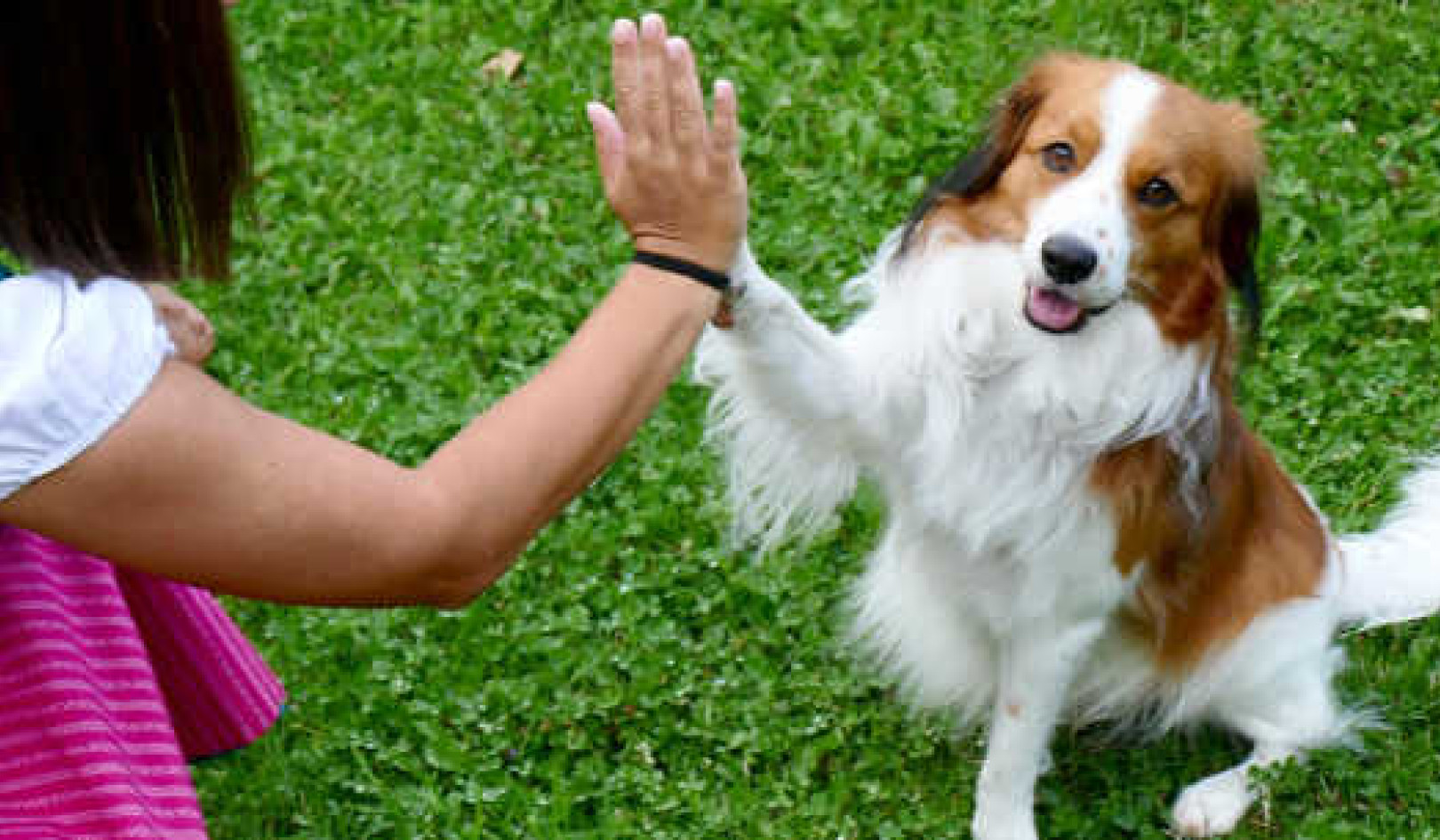
To keep a light burning, we have to keep putting oil into it.
—Mother Teresa
A healthy routine of ample, complete breathing replete with prana, which nourishes every cell, can revitalize your life. The yogis of India believe that proper breathing can annihilate all disease from this planet. In addition, the power of prana in breath can increase mental capacity, happiness, self-confidence, self-discipline, inner strength, and clarity, and can awaken latent mental powers.
How Breathing Revitalizes You
Every day, about 35,000 pints of blood pass through your lung capillaries in single file, corpuscle by corpuscle, while exposed to oxygen on both surfaces. Your blood absorbs oxygen and releases carbon dioxide from toxic waste matter gathered from your entire system.
Get The Latest By Email
Unless you get enough fresh air into your lungs, your blood will not be sufficiently purified or regenerated to maintain optimum health. It will assume a bluish-red color, and your complexion will acquire an unhealthy pallor. Blood impurities will manifest disease.
In contrast, when your arterial blood contains about 25 percent oxygen, your body functions optimally. Every cell, tissue, muscle, and organ is invigorated and strengthened. New, pristine, healthy cells and tissues are easily manufactured. Oxygenated blood, generated by deep breathing, increases body warmth, strengthens resistance, and brings proper food assimilation and waste elimination.
Yogic Pranayama
The air around you is charged with pranic energy, which is absorbed when you breathe. However, by controlling and regulating breathing, as yogis do, you can extract a far greater supply of prana. This powerful energy can be stored in your brain and energy centers (particularly your solar plexus), just as batteries store electricity.
Yogis know that by practicing secret breathing methods, called pranayama, they can strengthen their body and also develop spiritual energy, psychic abilities, and latent powers. In fact, they can transfer this energy to heal and lift others.
The Sanskrit word pranayama derives from the roots prana (“moving” or “breathing forth”) and ayama (“stretching,” “extending,” “restraining,” or “expanding in time and space”). Thus, pranayama overcomes limitations, expands energy, and increases sensitivity to higher vibrations and dimensions. By eliminating mental distractions and internal conflicts, pranayama allows consciousness to shine in pristine purity, without distortion.
A Fundamental Principle of Pranayama
A fundamental principle of yogic pranayama is to inhale through your nostrils. Your nose, with its bristly hairs and warming mucous membrane, is the protective filter for your entire respiratory system. If you breathe in through your mouth, nothing sieves out the impurities, germs, foreign matter, and cold that is inhaled directly into your lungs.
Your energy field will attain greater vibrancy, expansion, strength, and energy when you practice the pranayama exercises in this article. [Editor’s Note: Additional exercises in the book.]
Yogic Complete Breathing
The yogis of India classify breathing into four basic categories: high breathing, middle breathing, low breathing, and yogic complete breathing.
High breathing, also known as clavicular or collarbone breathing, is commonly practiced by highly stressed, tense people. This method allows only a miniscule portion of air to enter the upper part of the chest and lungs. Your ribs, collarbone, and shoulders lift up, while your abdomen contracts and pushes up the diaphragm, preventing your lungs from expanding. High breathing uses maximum effort to achieve minimum results.
Middle Breathing, also known as rib breathing or intercostal breathing, allows more air to enter your nasal passages. Your diaphragm pushes upward and your abdomen draws inward. Your ribs rise up and your chest partially expands. Air fills only the middle part of your lungs, not your entire lungs. This inadequate breathing method is often taught by physical education trainers.
Low Breathing, also known as abdominal breathing, deep breathing, or diaphragmatic breathing, fills the middle and lower parts of the lungs. The virtues of low breathing are extolled by voice trainers, acting teachers, and yoga teachers as the superior method of breathing. Yet low breathing does not allow air to fill every part of your lungs. When practicing abdominal breathing, as you inhale, your ribs move outward and your diaphragm contracts and moves downward. This movement expands your lungs. Hence, the diaphragm is key to absorbing pranic energy during breathing.
Yogi Complete Breathing: High breathing fills your upper lungs. Middle breathing fills the middle and upper part of your lungs. Low breathing fills the lower and middle parts. Yogi complete breathing, however, fills every portion of your lungs. That is why it is the best method of respiration. It brings maximum benefit from minimum energy expenditure.
How To Practice Complete Breathing
Practicing complete breathing does not require filling the lungs to capacity with every single breath. You can master this practice by using complete breathing for just a few minutes several times a day, until it becomes your natural form of breathing.
Stand or sit erect. Breathe through your nostrils, inhaling steadily. First fill the lower part of your lungs by practicing lower breathing. Your diaphragm descends and contracts, and your abdomen distends. Then fill the middle part of your lungs by pushing out the lower ribs, breastbone, chest, and ribs in your front, sides, and back. Then fill the upper part of your lungs. Allow your upper chest to protrude and lift, including the uppermost pairs of ribs attached to your breastbone. In your final movement, your collarbone and shoulders lift slightly and your lower abdomen draws inward. This gives support to your lungs and fills the highest portion of your lungs with air.
After inhaling, retain your breath for a few seconds. Then exhale slowly, holding your chest in a firm, steady position as you contract your abdomen and lift it upward slowly. When the air is entirely exhaled, relax your chest and abdomen.
The three movements of lower, middle, and upper breathing are achieved in one continuous motion. Your entire chest cavity, starting from your diaphragm and ending at your collarbone, moves as one uniform, undulating wave. Avoid jerky inhalations and strive for a steady, smooth, continuous motion. With some practice, the movement will become automatic.
Practice the complete breath before a large mirror. Place your hands lightly over your abdomen in order to feel its movements.
Important: As you practice this full yogic breath, never strain; take it easy. In the beginning, do not try to advance too quickly by inhaling forcefully or by practicing excessively.
Yogi Cleansing Breath
The key to full yogic breathing is to empty the lungs fully on the exhale so maximum prana can enter the lungs on the inhale. This secret method of yogic breathing ventilates and cleanses the lungs and refreshes the entire energy field. Often yogis use this breathing exercise at the end of pranayama practice.
How to practice
Inhale a complete breath. Retain the air for a few seconds. Then pucker your lips as though you are preparing to whistle. This is called “crow’s beak gesture.” Then blow out a little air with great vigor. Stop for a moment and retain the air. Then blow out a little more air with force. Repeat this process until all the air is exhaled from your lungs.
Yogi Sniff-Breathing
This yogic breathing method is a refreshing stimulant when you only have a few moments. It strengthens your lungs, brings relaxation and energy, and combats fatigue and emotional disturbances. It rejuvenates your spirit and improves coordination.
How to practice
Stand erect or sit erect with spine in alignment. Exhale fully. Then, as you breathe in, instead of inhaling in one steady stream, take a series of short, quick sniffs. Continue to retain your breath and do not exhale as you continue to add sniffs of air until your lung space is completely filled. Then retain your breath for a few seconds. Breathe out through your mouth with a long, restful sigh. Then practice the Yogi Cleansing Breath.
Yogi Rhythmic Breathing
Rhythmic breathing attunes you to life’s vibrations and harmonizes your body with nature’s rhythms. In this way you can absorb, store, and control vast resources of prana.
Rhythmic breathing is based on pulse beats. By placing your fingers on your wrist or neck, you can feel your pulse. For the beginner, inhale for a count of six pulse beats. You can gradually increase this number through regular practice.
How to practice
In this method, the number of beats for inhalation and exhalation are equal. After inhaling, you will retain your breath for half of that number, as follows:
Sit erect in an easy posture. Hold your chest, neck, and head in a straight line. Inhale slowly a complete breath as you count six pulse beats. Retain your breath for three pulse beats. Then exhale slowly through your nostrils for six pulse beats. Count three pulse beats before you take your next breath. Repeat this several times, without straining. After you complete this exercise, practice the Yogi Cleansing Breath a.
After a few months of practice, gradually increase the duration of inhalations and exhalations to 16 pulse beats with eight pulse beats for retention. Important: Do not strain and try to increase the breath interval too quickly. Harmonious rhythm is more important than duration. Slow and steady is the rule for developing your capacity for pranayama. Otherwise you might damage delicate lung tissues.
Yogi Rhythmic Breathing With Mental Focus
Once you become proficient at yogi rhythmic breathing, your interval of inhale and exhale becomes automatically regulated without counting pulse beats. Then you can add mental focus or visualization. Here are a few pranic exercises that use your creative imagination:
Distributing Prana
This exercise increases energy in your aura, especially when you feel tired or drained. Lie on your back on an exercise mat or on a bed, completely relaxed. Lightly rest your hands over your solar plexus, just above your navel. Practice rhythmic breathing. After your rhythm becomes regulated, then imagine that on every inhale, you are drawing an increased supply of prana or vital energy from the universal supply. See this inrushing pranic energy absorbed by your lungs, distributed by your nervous system, and stored in your solar plexus.
With every exhale, visualize your pranic energy distributed all over your body, to every organ, muscle, cell, atom, nerve, artery, and vein, from the top of your head to your fingertips, soles of feet, and toes. See this pranic energy invigorating and stimulating every pranic center, sending energy and strength throughout your system. Simply create a mental picture, without straining.
Healing Yourself of Illness
Lie down in a relaxed position and breathe rhythmically. Imagine enormous pranic energy being inhaled. With some exhalations, visualize sending pranic energy to the ailing area to stimulate and heal it. With alternate exhalations, imagine the diseased condition being expelled from your body.
Place both hands over the ill portion of your body. See pranic energy flowing down your arms, through your fingertips and palms, into your body. Without straining, gently hold the mental image that as you exhale, prana is pumped into your body through your hands. Imagine this energy stimulating your cells, driving out disease.
Reprinted, with permission of the publisher,
from The Power of Auras ©2014 Susan Shumsky, DD.
Published by New Page Books a division of Career Press,
Pompton Plains, NJ. 800-227-3371. All rights reserved.
Article Source:
 The Power of Auras: Tap Into Your Energy Field For Clarity, Peace of Mind, and Well-Being
The Power of Auras: Tap Into Your Energy Field For Clarity, Peace of Mind, and Well-Being
by Susan Shumsky.
Click here for more info and/or to order this book on Amazon.
About the Author
 Dr. Susan Shumsky is the award-winning author of seven other books -- Ascension, How to Hear the Voice of God, Exploring Meditation, Exploring Auras, Exploring Chakras, Divine Revelation, and Miracle Prayer. She is a foremost spirituality expert, pioneer in the consciousness field, and highly acclaimed speaker. Susan has practiced spiritual disciplines for over 40 years with enlightened masters in secluded areas, including the Himalayas and the Alps. For 22 years, her mentor was Maharishi Mahesh Yogi, guru of the Beatles and Deepak Chopra. She served on Maharishi's personal staff for seven years. She is the founder of Divine Revelation®, a technology for contacting the divine presence, hearing and testing the inner voice, and receiving clear divine guidance.
Dr. Susan Shumsky is the award-winning author of seven other books -- Ascension, How to Hear the Voice of God, Exploring Meditation, Exploring Auras, Exploring Chakras, Divine Revelation, and Miracle Prayer. She is a foremost spirituality expert, pioneer in the consciousness field, and highly acclaimed speaker. Susan has practiced spiritual disciplines for over 40 years with enlightened masters in secluded areas, including the Himalayas and the Alps. For 22 years, her mentor was Maharishi Mahesh Yogi, guru of the Beatles and Deepak Chopra. She served on Maharishi's personal staff for seven years. She is the founder of Divine Revelation®, a technology for contacting the divine presence, hearing and testing the inner voice, and receiving clear divine guidance.








